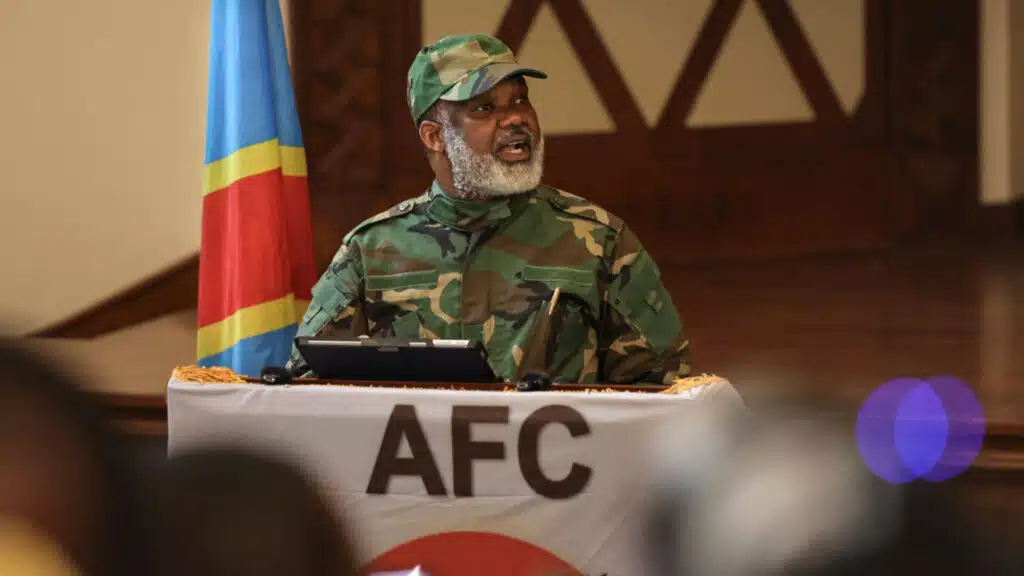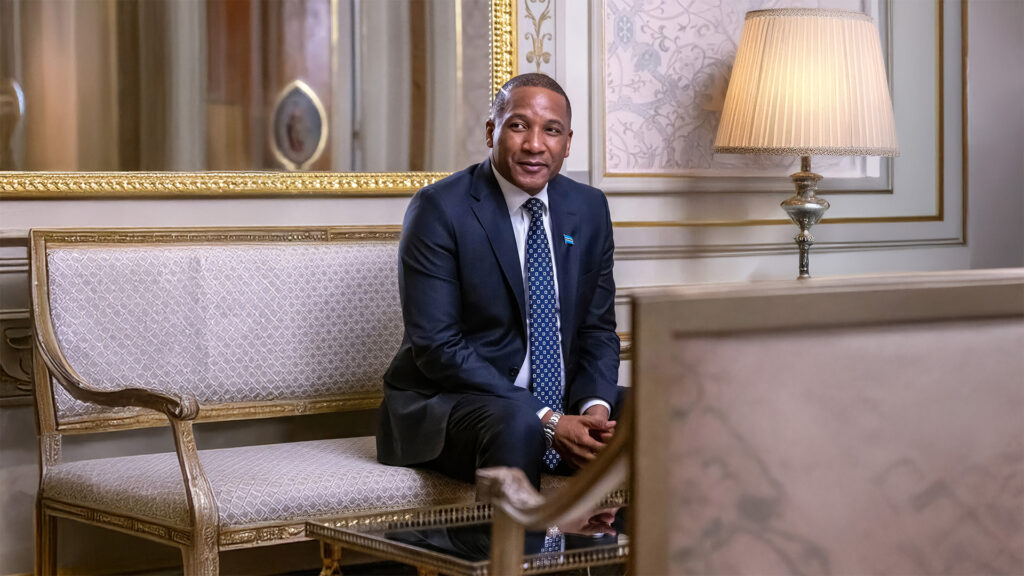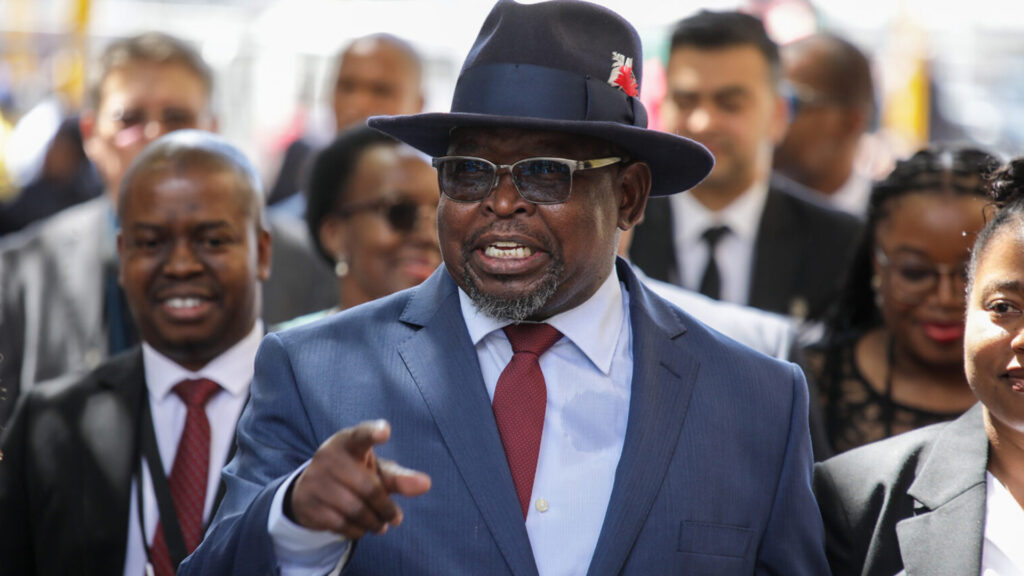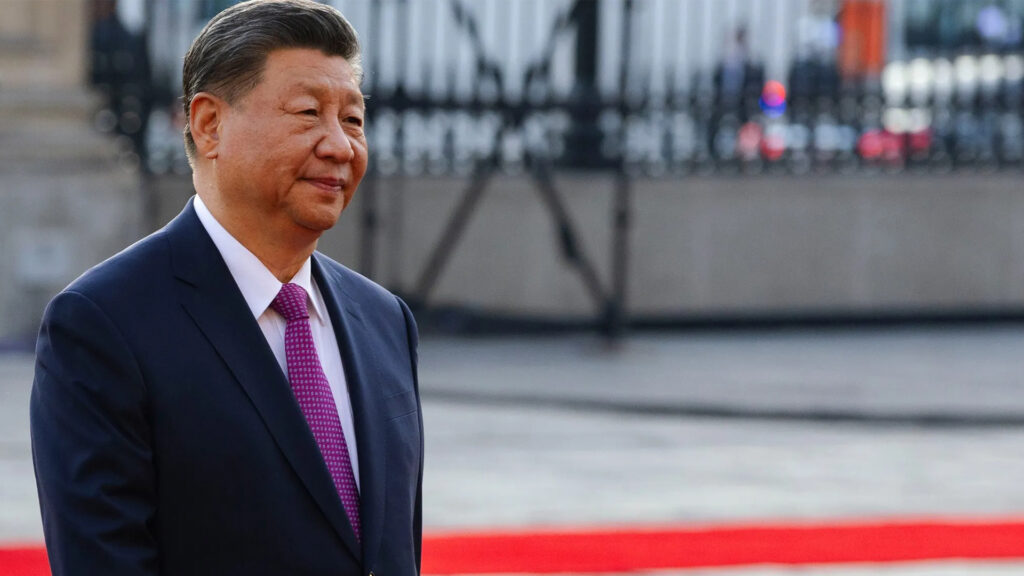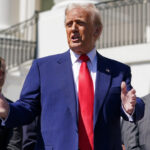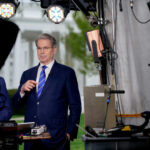The Democratic Republic of Congo (DRC) continues to be a battleground of political instability, with Goma recently becoming the focal point of power struggles. In an exclusive interview with The New Times Rwanda, Corneille Nangaa sheds light on the complexities of the region, detailing the factors that led to the capture of Goma, the role of the Forces Démocratiques de Libération du Rwanda (FDLR), and the broader implications for the DRC’s future.
His remarks expose systemic failures within the Congolese state and outline a vision to transition from a failed state to a modern, business-driven economy.
Watch the full interview here.
Highlights
- Goma’s capture is a result of long-standing struggles fueled by governance failures and the state’s inability to curb insecurity.
- Infrastructure collapse is a pressing issue, with severe shortages in water, electricity, and communication networks.
- The influence of negative forces, including the Allied Democratic Forces (ADF) and FDLR, remains a security threat to both Congo and its neighbors.
- Political repression under Kinshasa’s regime has forced over 100 political leaders into exile.
- The road to Kinshasa is the next major milestone, signaling a broader push for national transformation.
- Foreign military presence in the DRC, including forces from Uganda, Burundi, Malawi, South Africa, and European mercenaries, raises questions about sovereignty.
- State failure is a major concern, requiring radical changes to governance, security, and economic development.
Goma: A City on the Brink
Goma’s capture is not merely a military conquest but a symptom of deeper systemic failures. According to Nangaa, the struggle for control is driven by the failure of the Congolese state to provide essential services such as water, electricity, and communication (World Bank Report on DRC Infrastructure). With these fundamental necessities cut off, the humanitarian situation in Goma has deteriorated rapidly.
Nangaa asserts that upon arrival in Goma, his forces encountered an “emergency situation,” where civilians were left in desperate conditions. The lack of governance and development in the region reflects a broader national crisis that has plagued the DRC for decades.
The Role of Negative Forces: ADF, FDLR, and Foreign Influence
The security challenges in the DRC are compounded by the presence of multiple armed groups, including the ADF and FDLR, which have long destabilized the region. Nangaa claims that these groups not only threaten local populations but also serve as a regional security risk (UN Security Council Report on Armed Groups).
Additionally, Nangaa points to the hypocrisy of foreign military interventions. He highlights that Uganda, Burundi, Malawi, South Africa, and even European mercenaries have stationed troops in the DRC under the guise of security cooperation, while simultaneously blaming his movement for destabilization.
Political Repression and the Push for Change
The current regime in Kinshasa has been accused of repressing opposition voices, jailing political opponents, and even resorting to assassinations. Nangaa claims that over 100 political leaders have been exiled, citing these actions as evidence of the dictatorship in power. Bad governance, tribal divisions, and foreign mercenary involvement are among the core issues he vows to address in his movement toward national reform.
The Vision: From a Failed State to a Modern Business Hub
Nangaa’s long-term vision aims to transform the DRC from a failed state into a modern business-friendly economy. He calls for reforms that will create opportunities for Congolese citizens and attract investment. The goal is to make Kinshasa a thriving business hub, capable of supporting industrialization and economic growth.
The movement’s ultimate objective is to liberate the country from dictatorship and create conditions for refugees to return home. Nangaa envisions a future where the Congolese people have access to food, education, healthcare, and proper infrastructure, restoring the dignity of a nation that has suffered under poor governance.
Looking Ahead: The Road to Kinshasa
Nangaa makes it clear that his forces do not plan to withdraw from Goma. Instead, they intend to push forward, targeting Bukavu, Kindu, and ultimately, Kinshasa. The end goal is to establish a new order that prioritizes good governance, stability, and economic opportunity.
With the DRC at a crossroads, the coming months will determine whether Nangaa’s movement can achieve its vision or whether it will become yet another chapter in the country’s long history of conflict.

Conclusion
The DRC remains one of the most volatile regions in Africa, and the capture of Goma marks a turning point in its political and military landscape. Corneille Nangaa’s vision presents an alternative to the current regime, but whether it will translate into meaningful change remains uncertain.
As the world watches, the future of the DRC hangs in the balance, shaped by political maneuvering, security challenges, and the aspirations of a population yearning for stability and prosperity.
